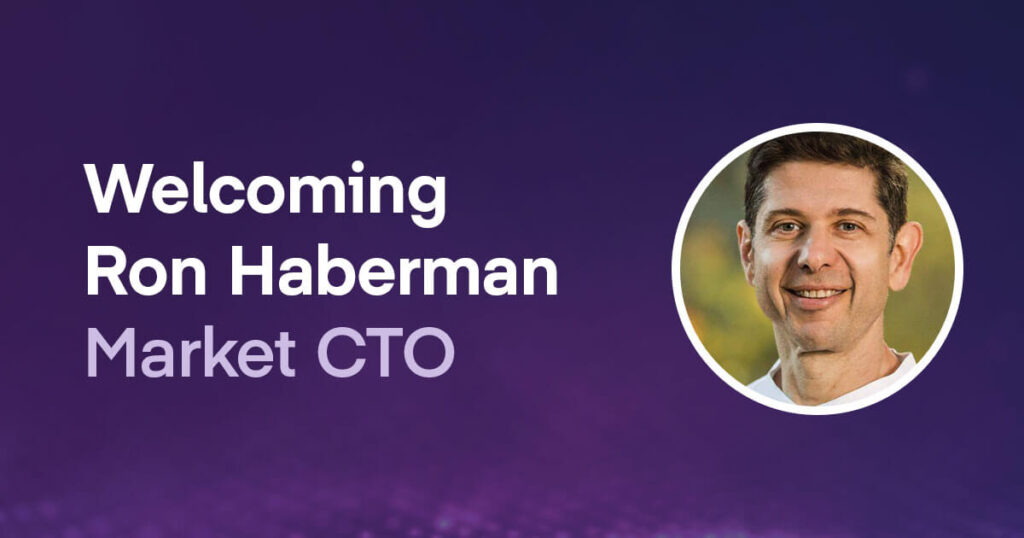
For over five years, the fantastic team and I at Nokia pushed hard to make the transition to software and cloud-native a reality. A transition that started slow but over the years became a reality, and finally, in the recent past, a true cloud-native approach leading to SaaS became a reality in Telco. Over all these years, I was envious of the enterprise market that completed the transition to cloud-native well ahead.
Recently I had the pleasure of working on software that was always the software. Software that was/could become containerized more easily than network functions. But the struggles of creating, managing, debugging, and operating the cloud remained a barrier.
I got excited about new technologies such as machine learning fueling the use of data, bitcoin, powering the web3 movement, and augmented reality pushing the limits of productivity and enabling a new way to see the world. At the base of all these, you need a cloud. A cloud-enabled by available accelerators such as GPUs, an edge cloud allows low latency application response to the user and a tiny footprint. But at the same time, a highly distributed cloud to power retail, energy, and defense industries, to name a few.
Cloud-native is no longer a luxury. It is a requirement. And while everyone talks about Kubernetes, cloud-native is a complete ecosystem, requiring dozens of services to run to make an application work. An enterprise needs scalability, elasticity, security, resiliency, and flexibility. The modern enterprise is moving to the cloud. Some workloads are still in VMs and on-premise, while some have moved to the public cloud. Some use and will continue to use both. And yet, it is hard. Hard to create, hard to migrate, hard to manage, hard to debug.
I came to realize that enterprise, as well as Telco, is still struggling with the transition, and they need help in creating, maintaining, and growing their managed as well as assured clouds. A cloud is truly a hybrid with a distributed, multi-vendor approach and an open ecosystem.
As the scale grows to the thousands of edge locations, hundreds of clusters in the data center, multiple public clouds, and developers pushing more code more frequently, the need will grow further.
Platform9’s mission is to answer these requirements and more. By leveraging Platform9’s cloud-native software platform, these enterprises can divert their investments and resources to deliver revenue-generating containerized applications. They innovate faster, compete better, and reliably serve their customers’ needs. They reduce their overhead and costs of non-value-added activities of building and operating an infrastructure platform.
Platform9 is the leader in container management and orchestration at distributed scale. It is the only turn-key platform that offers easily consumable, always-on assurance for Kubernetes and CNCF add-ons at distributed scale and wherever the cloud is.
Available as SaaS and a self-managed & air-gapped installation, the platform abstracts infrastructure complexity and reduces the burden on constrained internal staff.
I am excited to join Platform9 to help bring a highly scalable managed Kubernetes with always-on assurance to a market in need.



